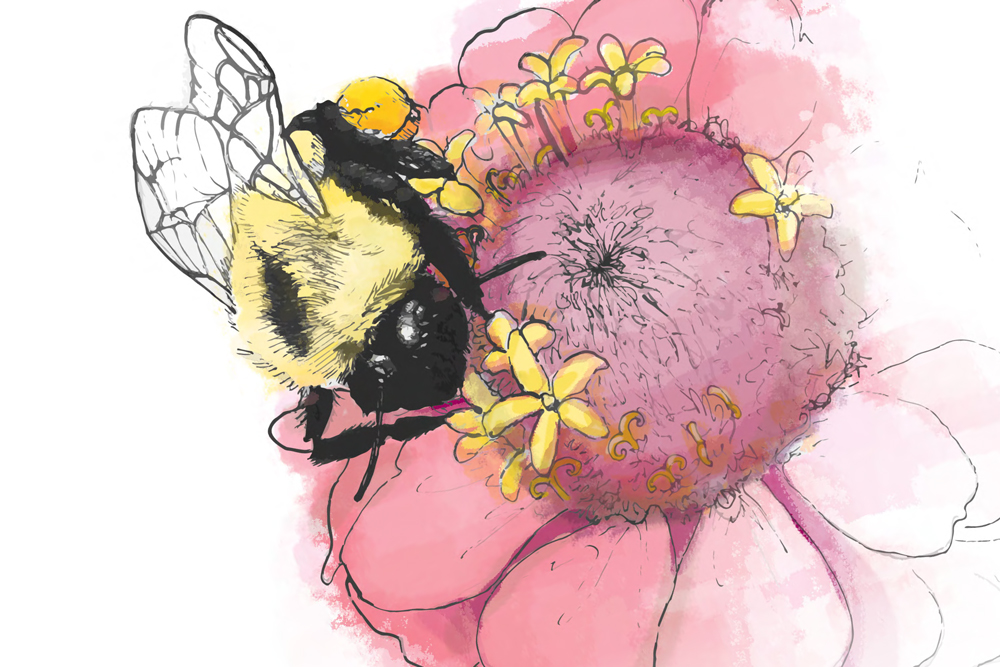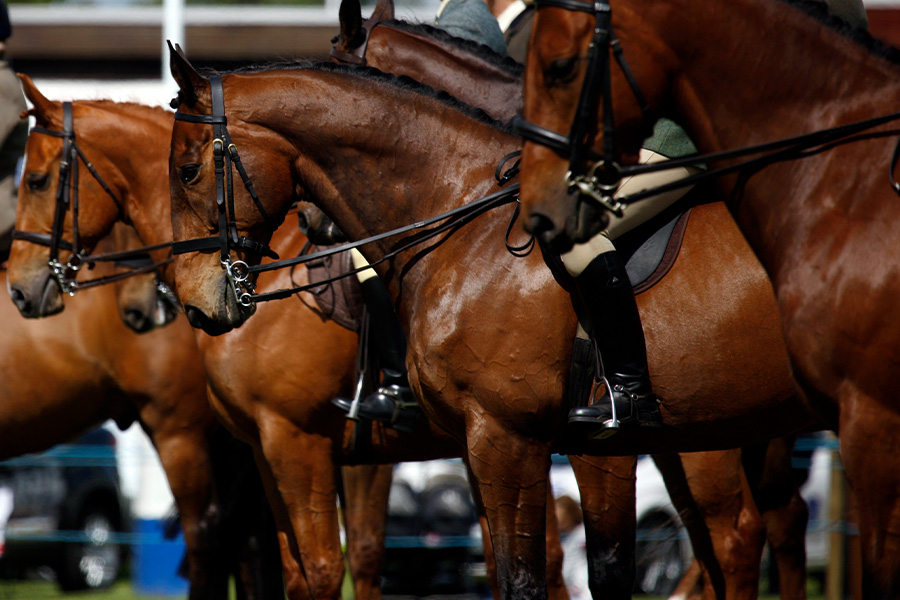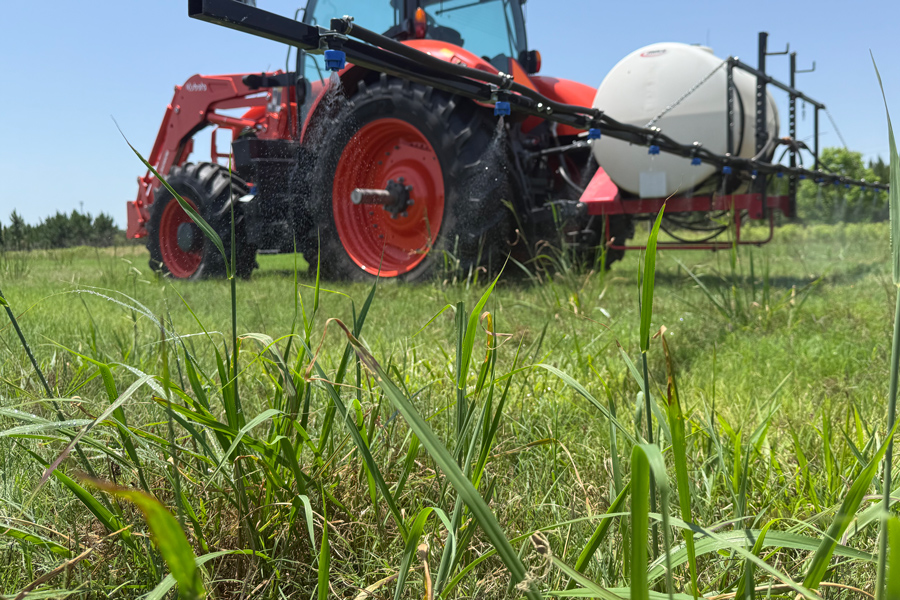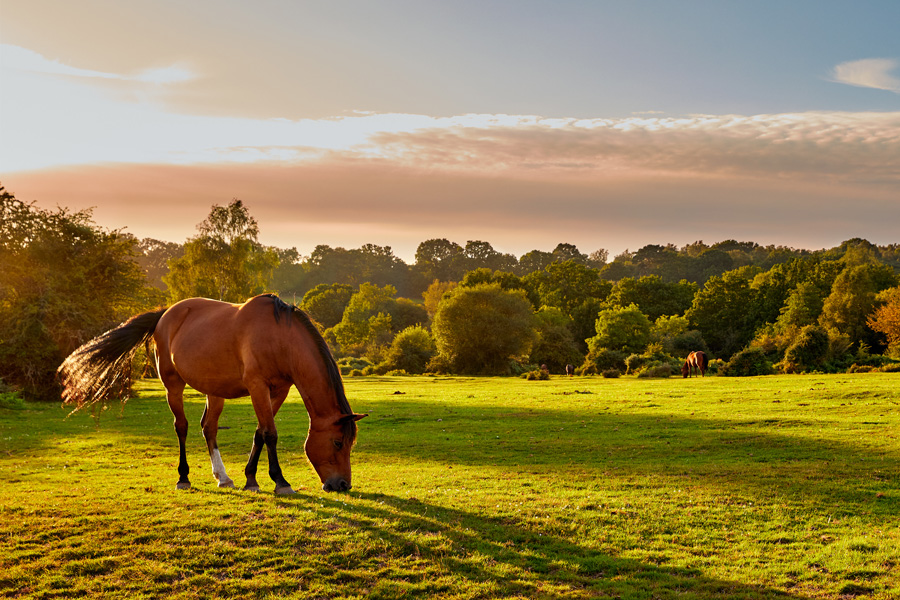Animal Production
-

Bees are among the most populous, diverse, and effective pollinators. Approximately 70% of bee species nest in the ground, spending their larval and pupal stages underground. This resource helps residents understand how to help these bees as continued urbanization threatens natural spaces and land degradation, pollution, and habitat destruction present serious challenges to sustaining bee populations.
Zia Valerie Williamson and Shimat V. Joseph
|
-

A pollinator-friendly and ecologically sustainable garden is both beautiful and able to attract and sustain beneficial insects, reducing the need for pesticides. This publication is based on new research in habitat management for purposes of planting insect-attracting plant species in order to intentionally draw insects to garden areas and urban landscapes. This is done by providing a refuge for the insects during winter and nectar and pollen resources. Plant selection directly affects beneficial insect populations, those insects that can provide ecological benefits such as biodiversity and natural pest control. This concept of “habitat management” can lead to potential increases in pollinating and other beneficial insect populations. An increase in these populations in landscapes will contribute to improved pollination of plants and biological pest control and reduce the need for pesticides.
Bethany A Harris, S. Kris Braman, Bodie V. Pennisi, and Maria Putzke
|
-

When examining horses for conformation, either when considering a purchase or competing in horse judging contests, it is important to break things down into key principles to avoid becoming overwhelmed when putting the overall picture together. There are five main criteria to evaluate when examining a horse’s conformation: balance, structural correctness, way of going, muscling, and breed/sex character (also known as type). This publication describes each of these criteria in detail.
Kylee Jo Duberstein
|
-

Vaseygrass is a warm-season perennial grass weed commonly found in pastures and hayfields in the southern half of Georgia. Recently, vaseygrass has begun to spread north in Georgia and can now be found sporadically throughout the Piedmont region of the state.
Lisa Baxter
|
-

This guide to housing preweaned dairy calves is a resource for both farmers and youth participating in livestock projects. Housing can greatly impact the health and growth of dairy calves. Attention to factors that influence feed intake, comfort, and health are necessary for optimum growth and performance of calves, with long-term implication for their future productivity.
Jillian Bohlen and Sha Tao
|
-

Selecting commercial dairy heifers and monitoring their growth can be difficult for many farmers and youth exhibitors. The way in which farmers are achieving production efficiency is highly variable from farm to farm, so this publication provides guidance on the conformation and growth parameters of commercial heifers found to be most ideal for future production efficiency.
Jillian Bohlen, Stephanie Butcher, and Lucy Ray
|
-

A handy reference for horse owners and land managers to help identify weeds that are toxic to horses, with pictures to aid identification, a brief description of the plants, and the specific toxicity symptoms associated with common weeds and trees that are poisonous to horses. It also gives tips on how to better manage pastures to prevent pasture-related plant toxicities. This publication is suitable for a general audience concerned with equine health and pasture safety.
Kylee Jo Duberstein
|
-

Every animal emerging from the pasture or barn needs time and attention to get her show-ring ready. The showman on the other end of the halter needs to be prepared as well. Faults in either fitting or showing could lead to a less successful show experience than one might have hoped for. This publication offers advice on fitting and showing dairy animals, including the updated PDCA scorecard, maximizing your animal’s potential, behavior and grooming preparation, and show time.
Jillian Bohlen and William Graves
|
-

Wild bees are effective pollinators of crops and native flowers, shrubs, and trees. They are
naturally present and can supplement honey bees in apple pollination. Boosting their numbers
by habitat development and conservation can be of considerable commercial and ecological
value to producers and consumers. This guide is intended to highlight most common wild bees
in North Georgia apple orchards.Bodie V. Pennisi and Brett R Blaauw
|